No-code and AI tools now let anyone build apps, automate workflows, and launch products—no tech background needed. It’s never been easier to turn ideas into working software.

In the neon-lit pulse of 2025’s digital skyline, where skyscrapers flickered with data streams and drones hummed like dragonflies, Maya sat at her desk—half strategist, half sorceress. Her fingers hovered above the keyboard, not to type, but to summon. She wasn’t just working. She was preparing for battle.
This report explores the emerging landscape, key trends, and innovative examples of no-code and AI tools, highlighting their impact on scaling businesses, addressing challenges, and predicting future trajectories. By examining real-world case studies, market data, and industry insights, we provide actionable recommendations for entrepreneurs, business leaders, investors, students, and non-technical employees looking to harness these transformative technologies.
Each client brief was a new quest. One day, she was decoding the DNA of a biotech startup’s vision; the next, she was crafting a brand identity that could charm investors and stir hearts. But Maya wasn’t alone. Her allies were not flesh and blood—they were minds. Minds made of code, trained on the sum of human knowledge, each with its own personality, strengths, and quirks.
This was no ordinary workspace. This was the arena. And tonight, the titans were gathering.
Download practical resources to make AI easier, faster, and more useful — starting now.
Maya soon realized: this wasn’t a fight to the death. It was a dance. A symphony.
She became the conductor.
For each project, she orchestrated her digital ensemble:
What once felt like chaos now moved with grace. Maya wasn’t just managing tools—she was
leading minds.

But every alliance came with its price.
demanded a monthly tribute—$20 for full access.
was available in India, but sometimes through hidden doors—partner apps and integrations.
was free for casual use, but developers paid dearly for its deeper powers.
was free to wield, but only if you had the hardware to tame it.
And then, the traps.
Hallucinations. Bias. Speed versus depth. Maya had to stay vigilant. These minds were brilliant, but not infallible. They mimicked understanding, but only she could judge truth.
One quiet evening, Maya leaned back, watching the final campaign go live. It was perfect—
researched, written, coded, and illustrated by her AI alliance. But the real triumph wasn’t in the output.
It was in the orchestration.
She had become more than a strategist. She was a maestro of minds, a conductor of cognition.
Her cheat-sheet was etched in memory:
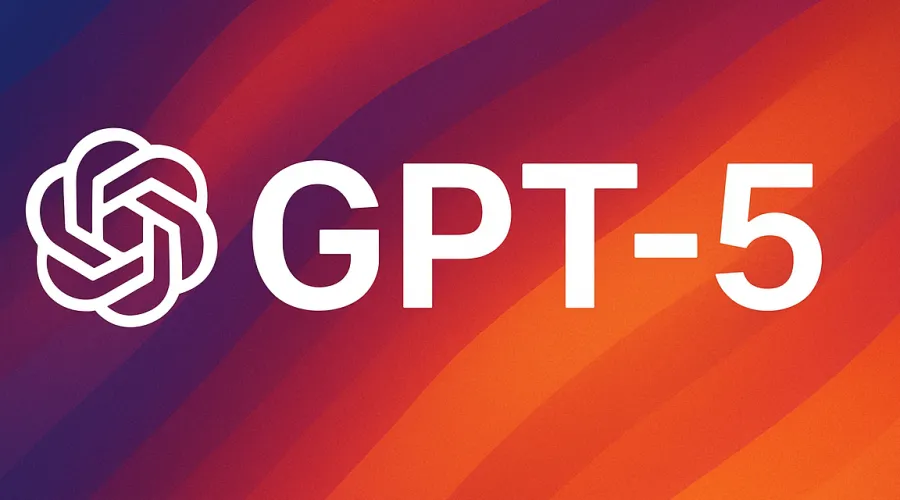
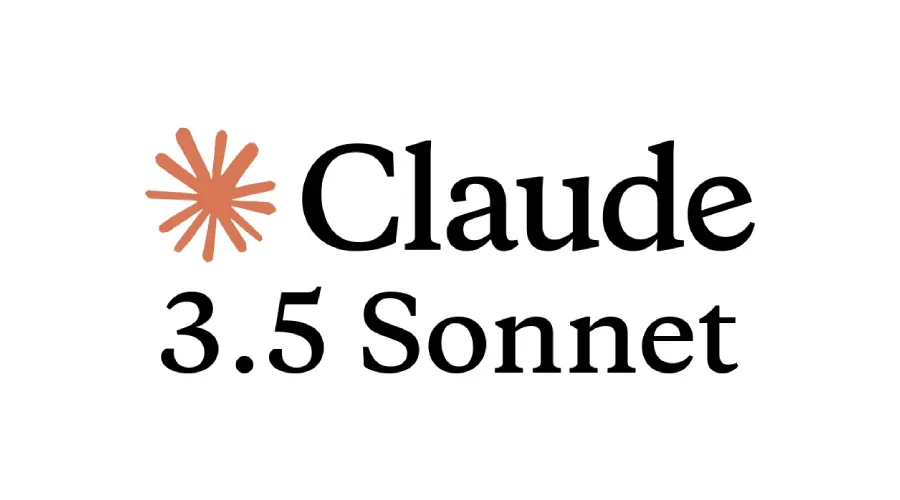
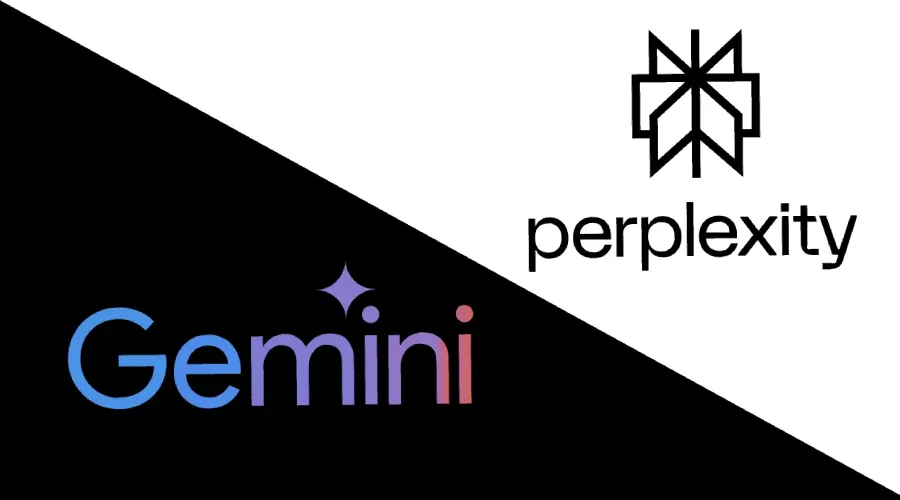
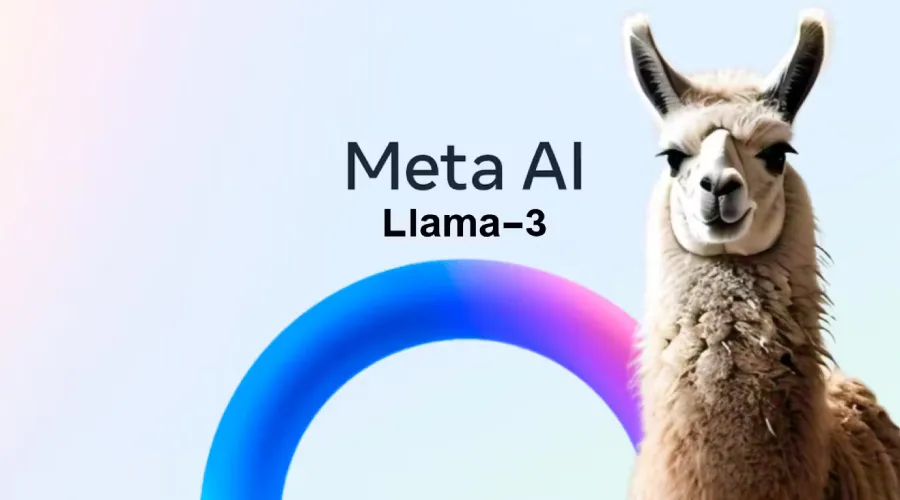
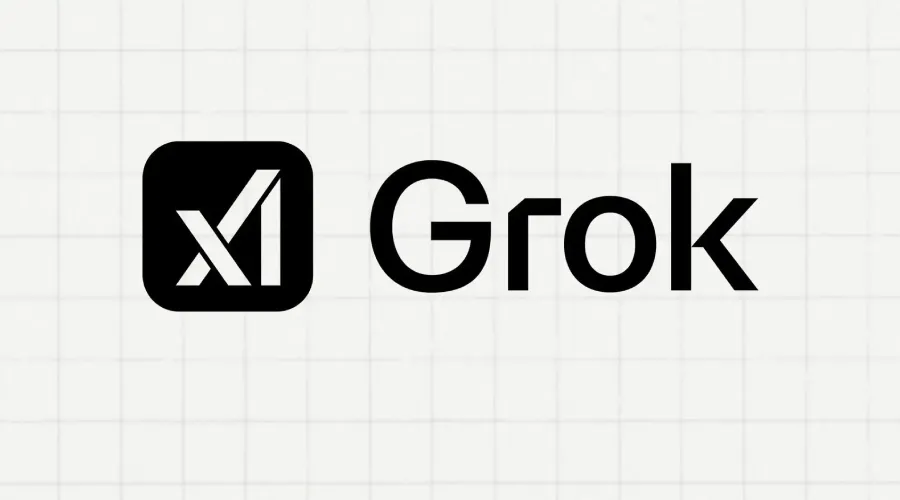
In the grand arena of 2025, the greatest power wasn’t in knowing the answer—it was in knowing who to ask. And Maya? She had mastered the art.
The symphony had only just begun.